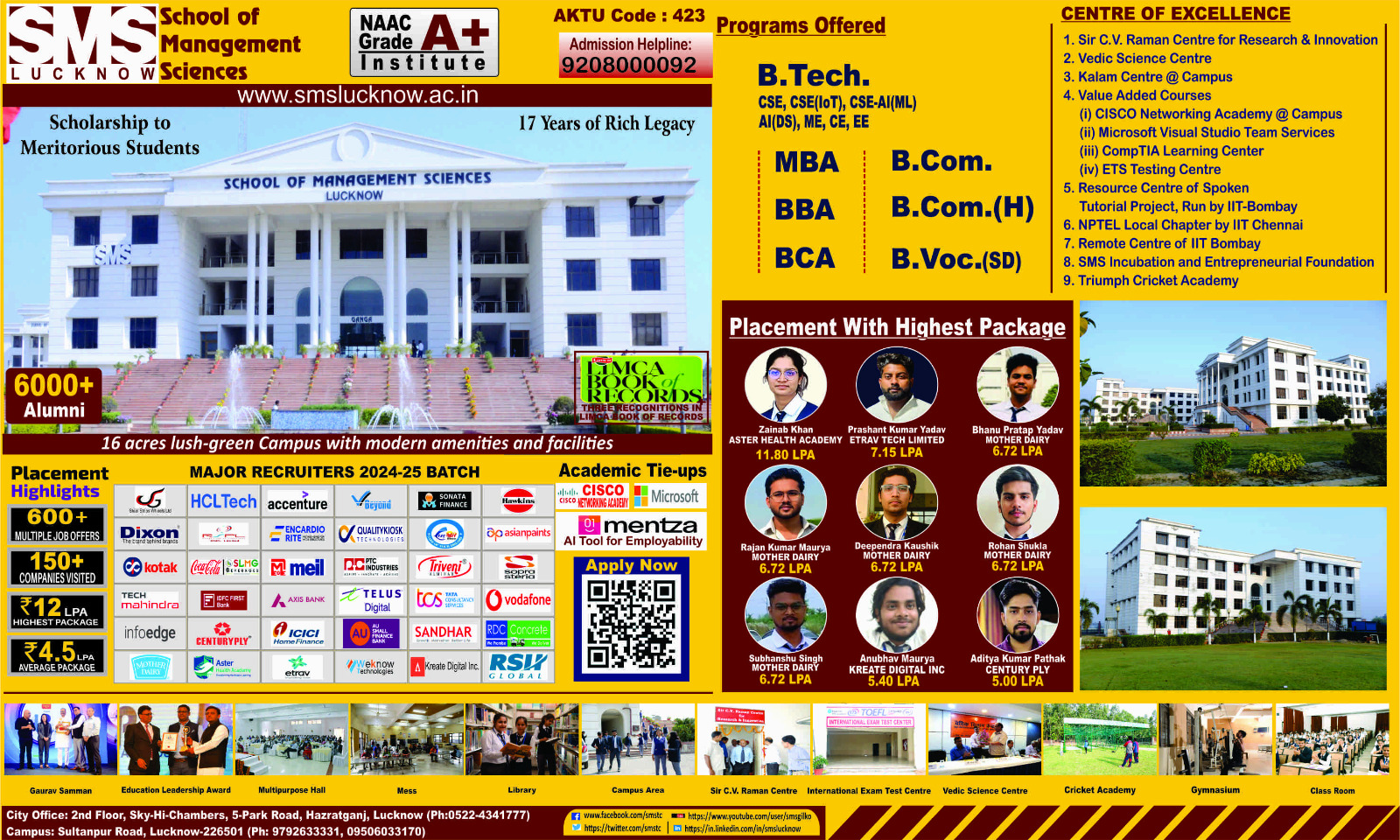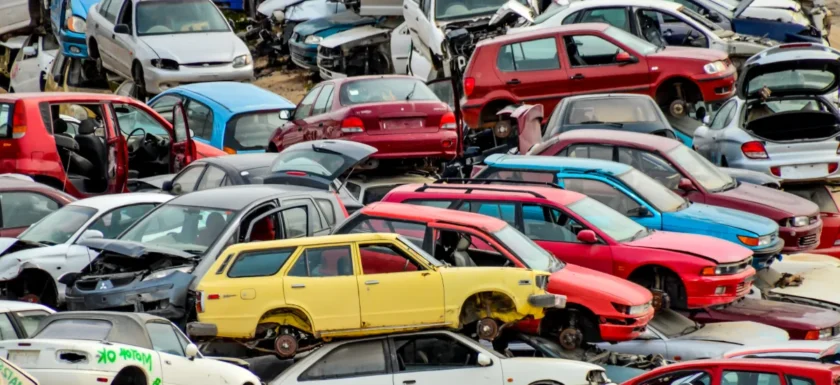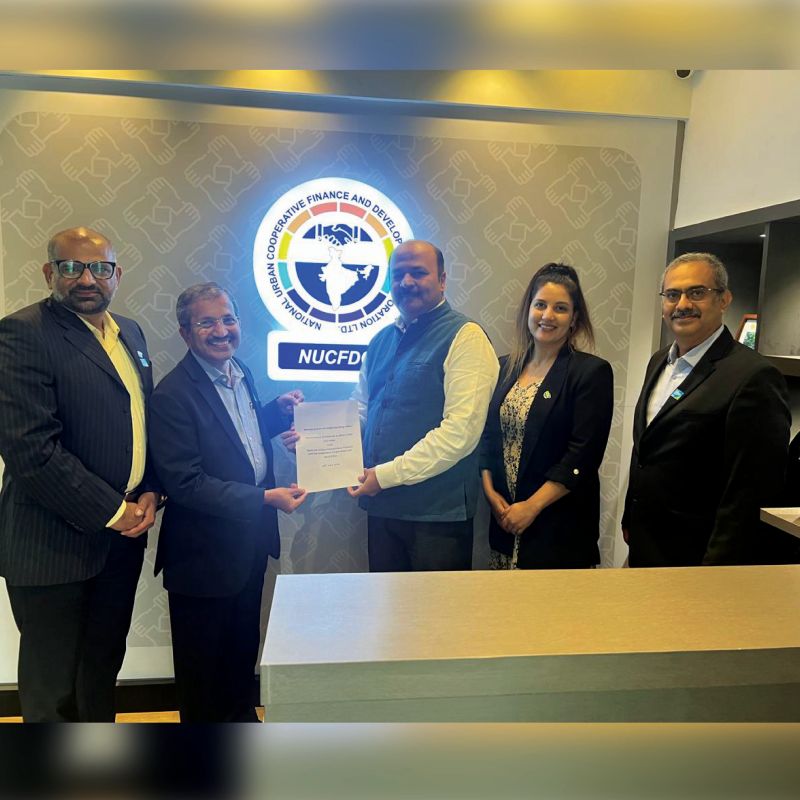Manoj Singh, Ex IAS, former ACS, UP Govt
Lucknow: In the 20th century, oil dictated global alliances, wars, and power shifts. In the 21st century, a new category of resources is reshaping that dynamic—critical minerals. Lithium, cobalt, rare earth elements, and other critical inputs have become central to national security, energy transitions, and technological innovation. These minerals are found in everything from electric vehicle batteries and wind turbines to smartphones, satellites, and hypersonic missiles. As nations shift toward green technologies and advanced digital infrastructure, control over these materials has emerged as one of the defining contests of our time.
At the heart of this competition lies China, which commands a dominant position in the extraction and processing of many of these minerals. It is estimated that China controls about 60% of global rare earth mining, 85% of rare earth processing, and 70% of lithium refining. This dominance isn’t coincidental. Through state-backed investment in mining abroad, aggressive control over supply chains, and export restrictions designed to apply pressure on rival economies, Beijing has positioned itself as the de facto “OPEC of minerals.” Its 2010 embargo on rare earths to Japan and its more recent 2023 restrictions on gallium and germanium exports amid rising tech tensions with the U.S. exemplify how these resources can be weaponized in the new age of economic warfare.
In response, Western countries have begun mobilizing strategies to reduce dependency on China. The United States, under initiatives such as the Inflation Reduction Act and the Defense Production Act, is ramping up domestic mining, refining, and manufacturing of battery-grade materials. The Minerals Security Partnership, involving the U.S., EU, Japan, and Australia, is also seeking to diversify global supply chains. Meanwhile, Europe has passed the Critical Raw Materials Act to increase internal mining and processing capabilities and is investing in urban mining initiatives that aim to recycle metals from electronic waste. These measures reflect a shared urgency to build resilience and independence in critical mineral supply chains.
Russia also plays a strategic role in this emerging landscape. It remains a top global exporter of palladium, nickel, and titanium—materials vital to the aerospace, automotive, and defense sectors. Western sanctions imposed after the Ukraine invasion exposed just how reliant industries like aviation were on Russian exports, disrupting production lines and sparking fresh concerns about supply security. Resource weaponization, it turns out, is not a uniquely Chinese tactic.
The mineral-rich regions of Africa and Latin America have quickly become ground zero in the modern scramble for resources. The Democratic Republic of Congo supplies over 70% of the world’s cobalt, a material crucial for battery manufacturing. Yet mining in the DRC has long been plagued by issues like child labor, environmental degradation, and political instability. China has established deep ties here, owning significant stakes in cobalt mines and infrastructure. In South America, the so-called “Lithium Triangle” of Argentina, Bolivia, and Chile contains over half of the world’s known lithium reserves. The United States and the EU are actively increasing investments and partnerships in these regions, attempting to break Beijing’s stronghold. However, growing concerns from indigenous communities and environmental groups are adding complexity to extraction projects.

Global supply chains remain extremely vulnerable. Most countries are heavily reliant on just a few nations for the bulk of their critical mineral needs. When those links are threatened—whether by geopolitical tension, sanctions, or labor issues—the ripple effects can impact everything from consumer electronics to electric vehicle rollout plans. Moreover, the ethical concerns tied to the sourcing of these materials are increasingly in focus. From unsafe mining conditions in Africa to toxic waste generated by rare earth processing in China, the human and environmental toll of the mineral economy cannot be ignored.
Innovation and alternative sourcing are beginning to gain traction. Recycling efforts, or “urban mining,” aim to recover metals from discarded electronics and used batteries. Some nations are exploring deep-sea mining, targeting polymetallic nodules in the Pacific Ocean. While these seabed reserves could offset terrestrial shortages, environmentalists warn of irreversible damage to ocean ecosystems. Research into substituting rare minerals with more abundant or synthetic alternatives is also underway, though most technologies still depend on critical mineral inputs that cannot easily be replaced.
Defense implications are particularly significant. Fighter jets, missile systems, drones, and satellite technologies rely on a steady flow of rare earths and specialty metals. Recognizing this, the U.S. and its allies have begun stockpiling key materials, much like they did with oil reserves during the Cold War. Military planners are integrating mineral security into broader national security strategies, understanding that future conflicts may not only be fought with weapons—but also with resources.
The fight for critical minerals has already started reshaping the international order. Control over these resources means control over the technologies of tomorrow—clean energy, defense, communication, and artificial intelligence. As governments forge new alliances, pour billions into alternative supply chains, and draw up strategic policies to outmaneuver rivals, the geopolitical landscape is being rewritten in real time.
In many ways, critical minerals are the new oil. But unlike the energy wars of the last century, this power struggle is deeper, more complex, and more consequential. It is not just about fueling cars or lighting homes—it’s about deciding who controls the engines of innovation and security in a rapidly transforming world. Whoever commands the supply of critical minerals will shape the future of global power. And the world is watching.





